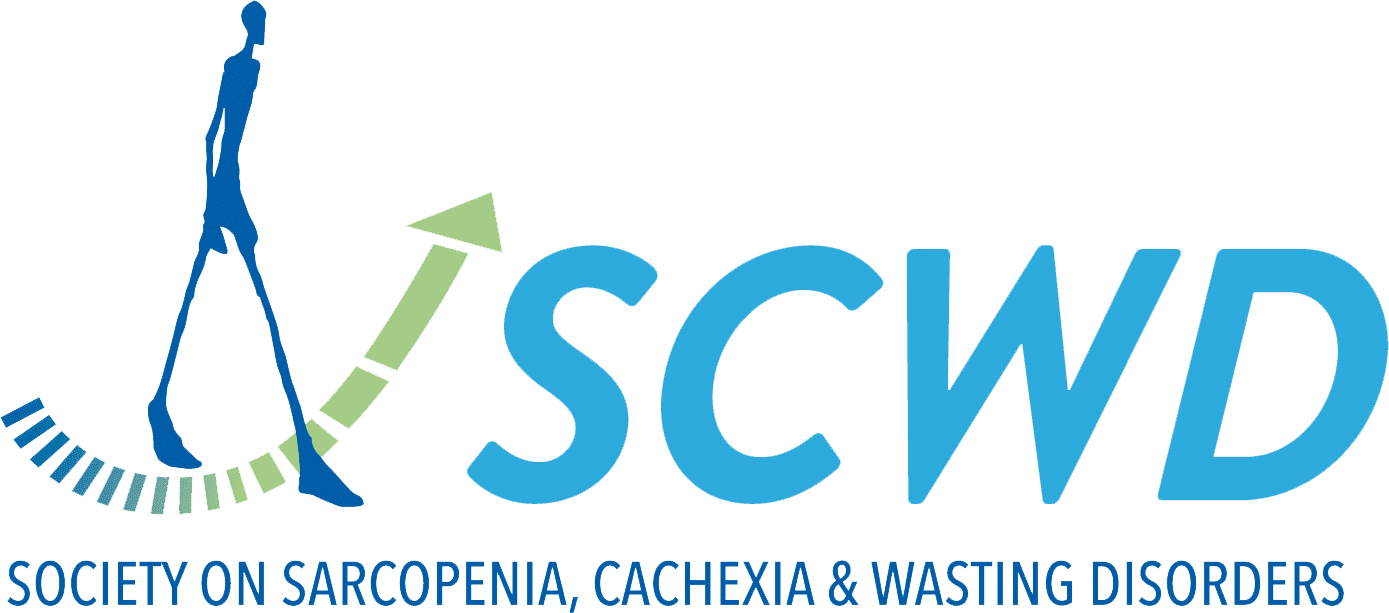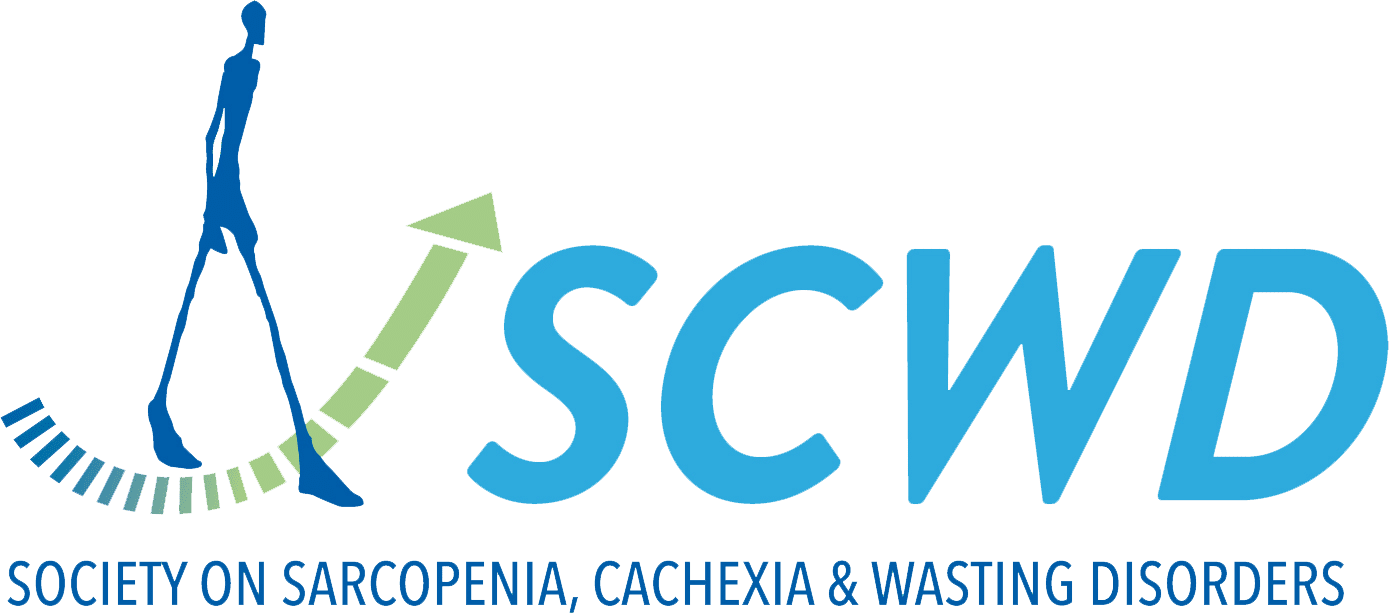SARCOPENIA DEFINITION
Sarcopenia is a condition which focuses on muscle loss. Loss of muscle mass and function, especially muscle strength and gait speed, associated with aging occurs in sarcopenia. Sarcopenia, cachexia, and malnutrition are considered as the main causes of muscle wasting and affect millions of elderly people and patients. Moreover, muscle atrophy can develop independently from diseases and age through disuse of the muscles. For a better classification and common language in medical science for ‘muscle wasting disease’ there is a proposal to combine the concepts of muscle wasting, sarcopenia, frailty, and cachexia by disease aetiology and disease progression. Patients with muscle atrophy show decreased muscle strength and therefore reduced quality of life, which is caused by a lower activity and increased exercise intolerance.
Despite a large number of studies, the understanding of the development of muscle wasting and the involved pathways remains very limited and more research is needed. Although many researchers and pharmaceutical companies have tried to find therapies for muscle atrophy, including cachexia and sarcopenia, no solution has been established until now.
REFERENCES
Rosenberg IH. Sarcopenia: origins and clinical relevance. Clin Geriatr Med 2011;27:337–339.
Anker SD, Coats AJ, Morley JE, Rosano G, Bernabei R, von Haehling S, Kalantar-Zadeh K. Muscle wasting disease: a proposal for a new disease classification. J Cachexia Sarcopenia Muscle 2014;5:1–3


